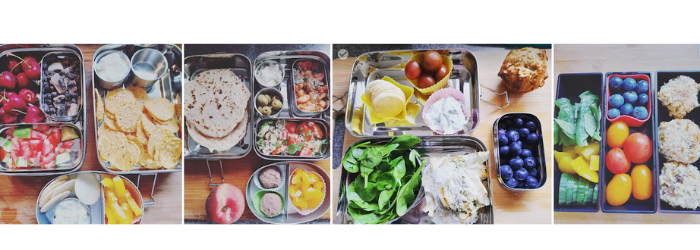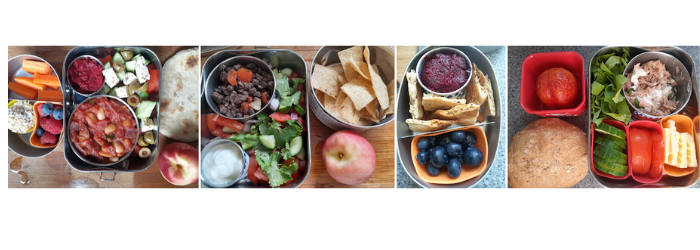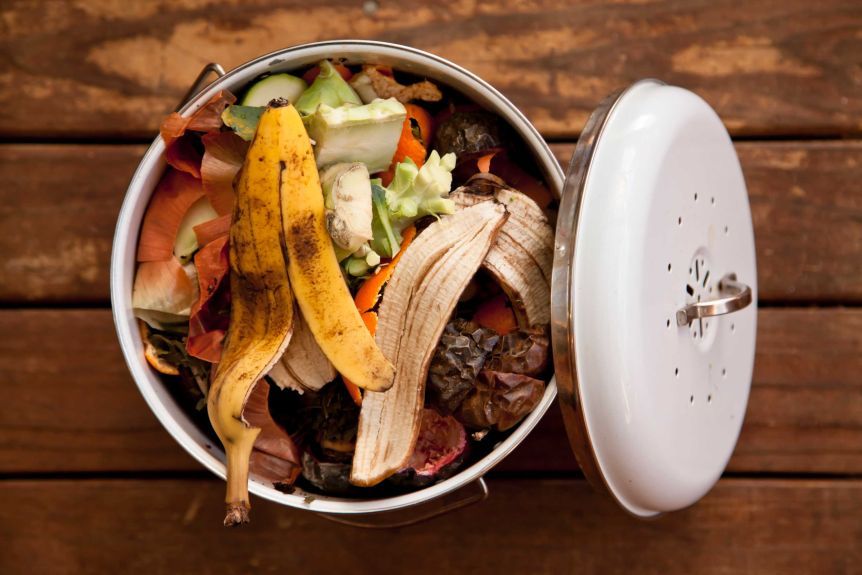Low waste school lunches
by Elyse Singleton
School lunches often send parents or guardians into a panic, but with a bit of planning and careful shopping they can become less of an issue as well as more environmentally friendly.

In a couple of weeks, the long summer holidays will be over and the bustle of back to school will be upon us. Along with the excitement of a new school year comes the joy or pain, whatever your take, of school lunches. However, with a few tweaks to your routine or perhaps a little activism, school lunches can become another area where low waste can easily become habit.
The key to low waste generally lies in a bit of planning and organisation, and school lunches are no exception. From the extreme of planning a whole year of lunches in advance to the basic of working out one week, thinking about what to feed your children and getting supplies in will mean you are ready for what lies ahead. Involving your children in the process gives them a sense of autonomy, and it also means that they may be more likely to eat what they are given as they have been involved in the process. That’s a win for the environment as food is less likely to come home uneaten. Having a list of their healthy faves to choose from makes the planning simple. Personally, I also find it easier to just offer one menu per week rather than different menus each day, which means only one set of ingredients to buy. This also means I am less likely to have half-unused items, which may go off, left in the pantry or fridge.
When shopping, to double down on your low-waste school lunch situation, consider buying unpackaged veggies and fruit and look for ingredients packaged in glass, cans or cardboard rather than plastic. Glass jars can be reused for storage, cans are easily recycled and cardboard packaging, if not recycled, can be used for craft projects, such as card making. Avoid mini packs of chips, crackers and so on if you can, that’s a lot of packaging and not a lot of nutritional benefit. If you really prefer to put your fruit and veg in a bag, then consider bringing your own cloth bags to put them in. They don’t have to be anything fancy; I even re-use the bags that bedlinen comes in these days. Bulk stores are obviously an ideal way to lower your food packaging waste but may not always be within everyone’s budget. I approach bulk food shopping by comparing it with the cost of purchasing it at the supermarket. If the price is not much higher, and I can save on plastic packaging in particular, then I will probably choose the bulk option, for example.

Batch cooking is another way to a low-waste lunchbox and to save time during the week. Whipping up some veggie muffins and some hummus on an evening or a Sunday means that the fridge or freezer is stocked with the beginnings of easy and healthy low-waste lunches without the need for packaged convenience foods. There is potential for further waste reduction here too. Using silicone cups instead of paper patties for baking is a quick way to reduce waste, for example. These can also be reused to hold and separate food in lunchboxes. Another idea if batch cooking doesn’t appeal, is to package up leftovers from the night before. This uses up food, so it doesn’t go to waste. Leftover roast veggies go well in a focaccia (90s style!) with pesto or in a salad with some quinoa or rice. For meat-eaters, leftover chicken, for example, makes a great roll with lettuce and mayo.
When sending food to school, having low-waste storage and packing items can also contribute to minimising landfill. A good set of containers means that food can be packed and sent to school without single-use plastics. They may even help you to plan out your children’s meals. Lunchboxes with sections give inspiration for lunches – a section for protein, a section for grains, a section for veggies etc. - and can be visually interesting for kids to open and explore. Stainless steel is the ultimate choice, but some can be prohibitively expensive, although some supermarkets are now beginning to sell stainless steel containers too. A good quality plastic lunchbox with sections can last for a long time if cared for well and save the use of a lot of plastic bags and clingwrap. Add a drink bottle filled with water, and your child is set.
If cooking and food prepping are not for you or don’t fit your schedule, then the school canteen may be the source of your child’s school lunches. A canteen lunch may create a lot of packaging waste, so may be a good place to start a little gentle activism. Working with your school canteen or parent committee to eliminate items such as straws, plastic packaging and plastic cutlery in the school canteen and perhaps setting up a recycling system will help to reduce the waste produced by this facility. If you get a taste for school activism, then perhaps an on-site composting facility for fruit and vegetable waste could be the next step.
As your children get older, school lunches are something they can take responsibility for, so guiding them by example to reduce food and packaging waste means less waste now and in the future.
Elyse Singleton is a craft-obsessed writer, proofreader and mother who loves rummaging in opshops and finding new uses for discarded items.
Search for other blog topics:





